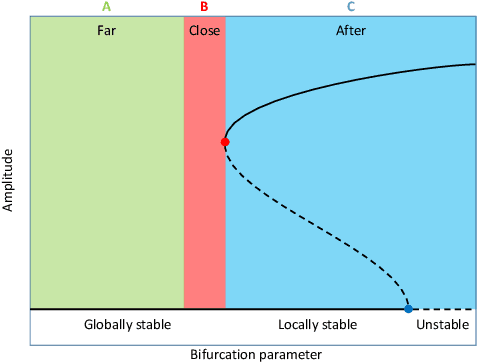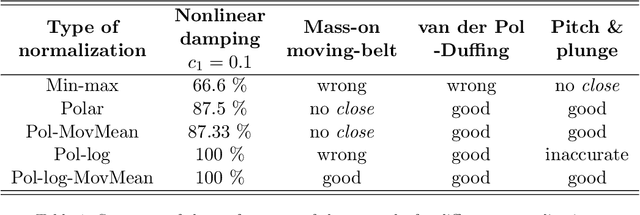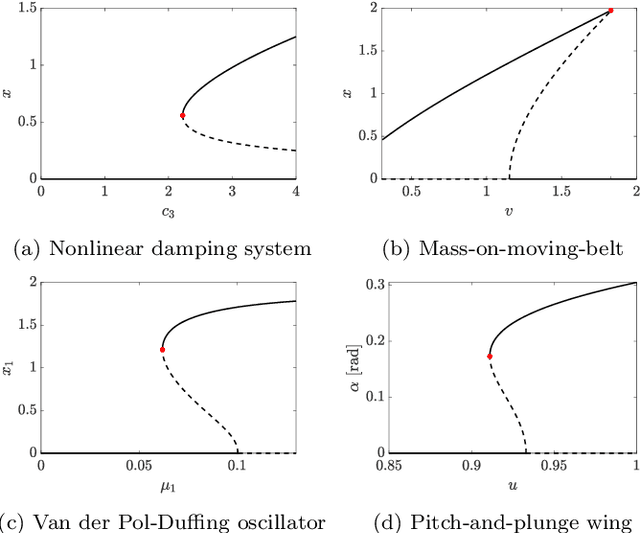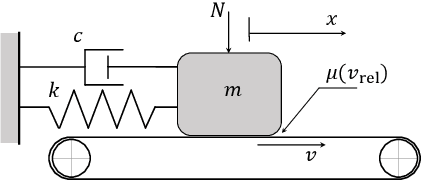Giuseppe Habib
Forecasting Fold Bifurcations through Physics-Informed Convolutional Neural Networks
Dec 21, 2023



Abstract:This study proposes a physics-informed convolutional neural network (CNN) for identifying dynamical systems' time series near a fold bifurcation. The peculiarity of this work is that the CNN is trained with a relatively small amount of data and on a single, very simple system. In contrast, the CNN is validated on much more complicated systems. A similar task requires significant extrapolation capabilities, which are obtained by exploiting physics-based information. Physics-based information is provided through a specific pre-processing of the input data, consisting mostly of a transformation into polar coordinates, normalization, transformation into the logarithmic scale, and filtering through a moving mean. The results illustrate that such data pre-processing enables the CNN to grasp the important features related to approaching a fold bifurcation, namely, the trend of the oscillation amplitude, and neglect other characteristics that are not particularly relevant, such as the vibration frequency. The developed CNN was able to correctly classify trajectories near a fold for a mass-on-moving-belt system, a van der Pol-Duffing oscillator with an attached tuned mass damper, and a pitch-and-plunge wing profile. The results obtained pave the way for the development of similar CNNs effective in real-life applications.
 Add to Chrome
Add to Chrome Add to Firefox
Add to Firefox Add to Edge
Add to Edge